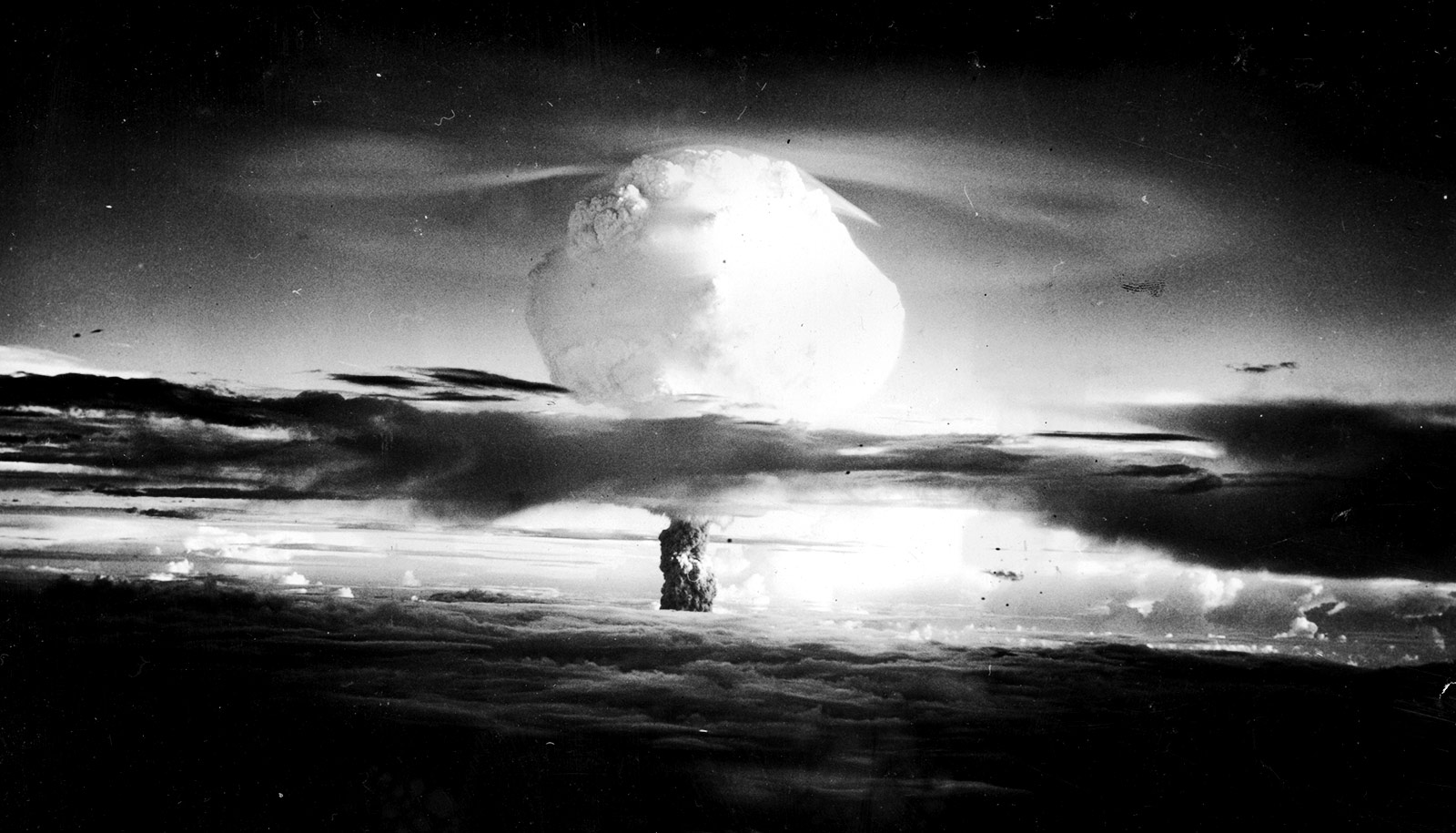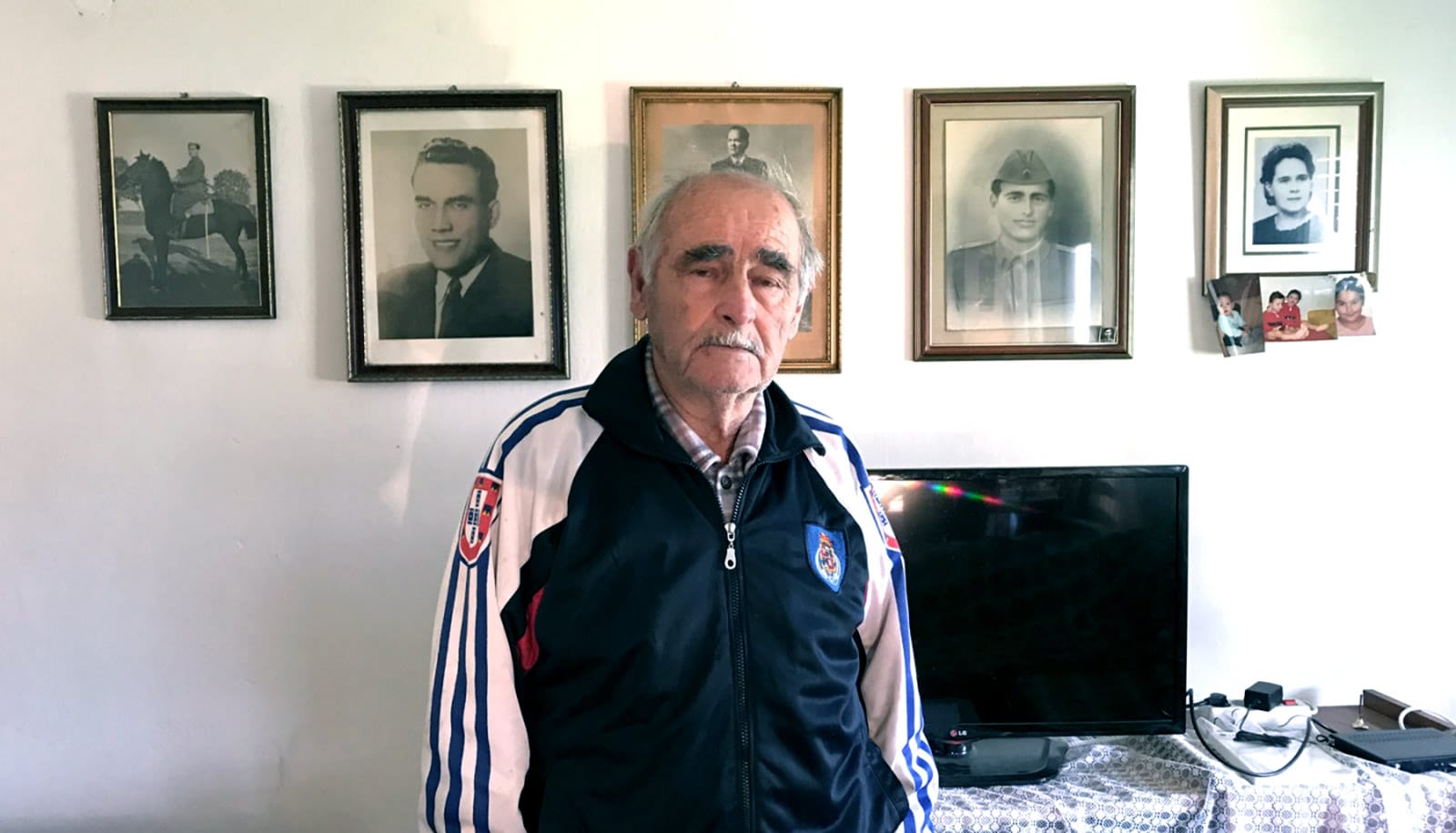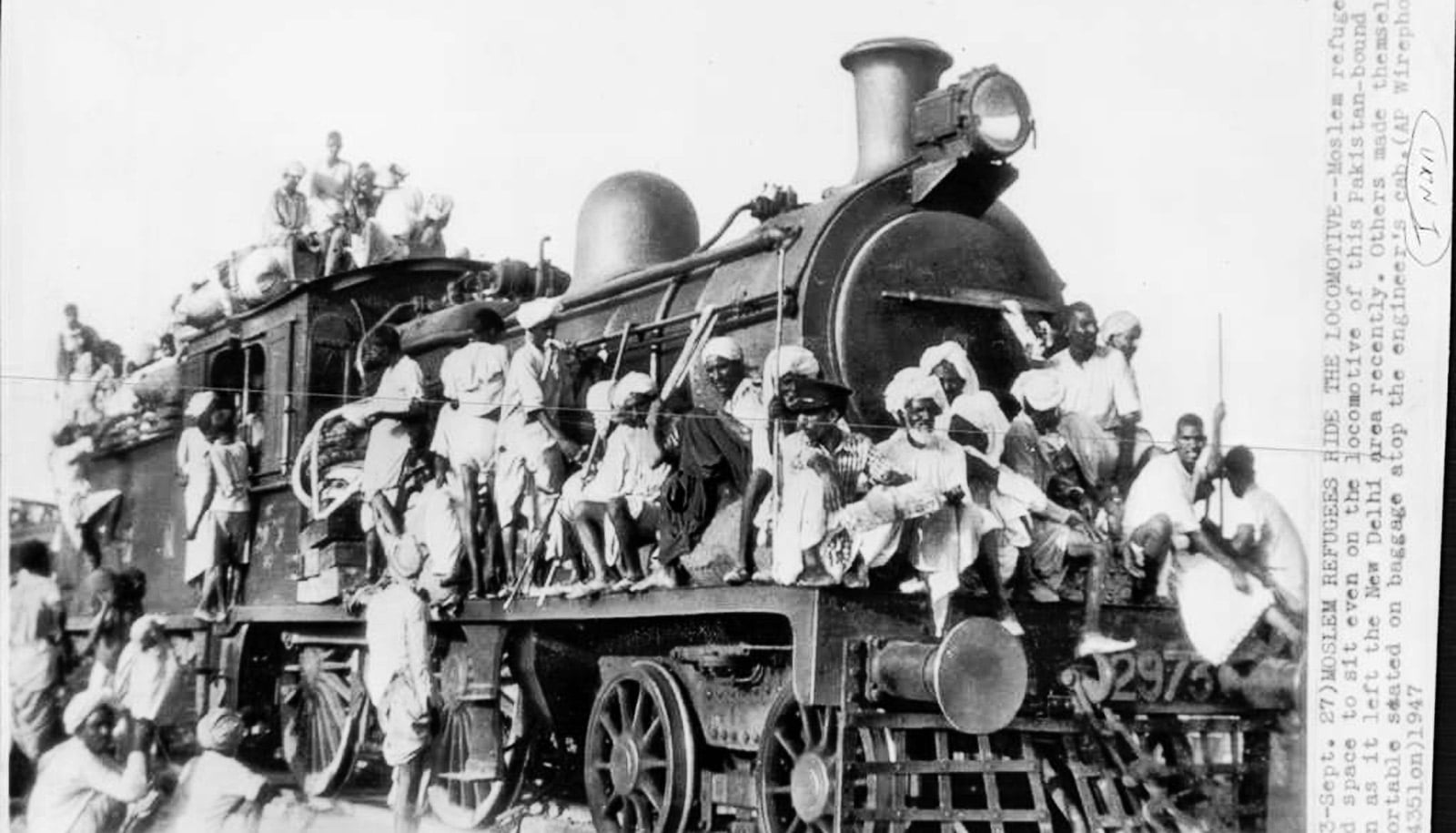
Refugees en route to Pakistan. (Credit: Wikimedia Commons )
Trauma of partition haunts India and Pakistan today
Tensions between India and Pakistan today are better understood in light of the Partition of India in 1947, the largest mass migration in human history.
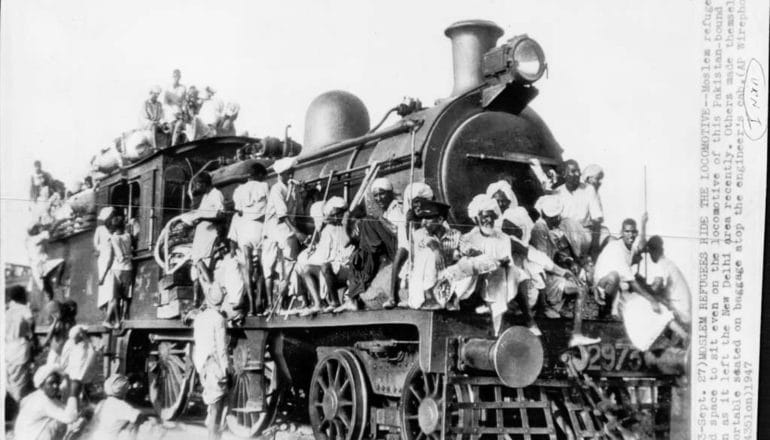
A recent escalation in tensions between India and Pakistan has put a spotlight on the violent history of the two countries’ independence.
Historian Priya Satia says that history continues to haunt the Indian subcontinent.
The two nations have co-existed uneasily since the 1947 partition of India, which ended almost two centuries of British rule in the region and led to the largest mass migration in human history.
Between half a million to 2 million people died during partition.
Partition created the independent nations of Muslim-majority Pakistan and Hindu-majority India, separating the provinces of Bengal and Punjab along religious lines, despite the fact that Muslims and Hindus lived in mixed communities throughout the area, Satia says.
Although the agreement required no relocation, about 15 million people moved or were forced to move, and between half a million to 2 million died in the ensuing violence.
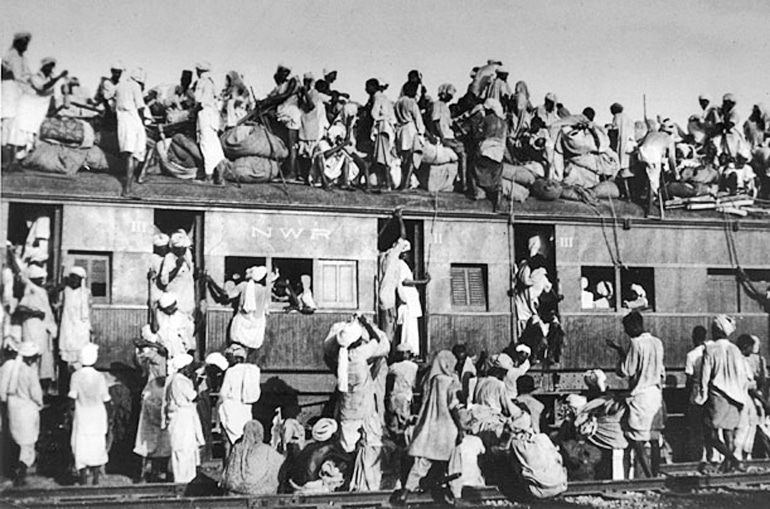
Satia, a professor of British history at Stanford University, has studied partition as part of her work, focusing on the personal stories of its victims. Her current project examines the work of poets who wrote about partition and its aftermath.
A daughter of immigrants shaped by the event, Satia explains how this historical event unfolded and its continuing effects today.
The post Trauma of partition haunts India and Pakistan today appeared first on Futurity.
Share this article:
This article uses material from the Futurity article, and is licenced under a CC BY-SA 4.0 International License. Images, videos and audio are available under their respective licenses.

